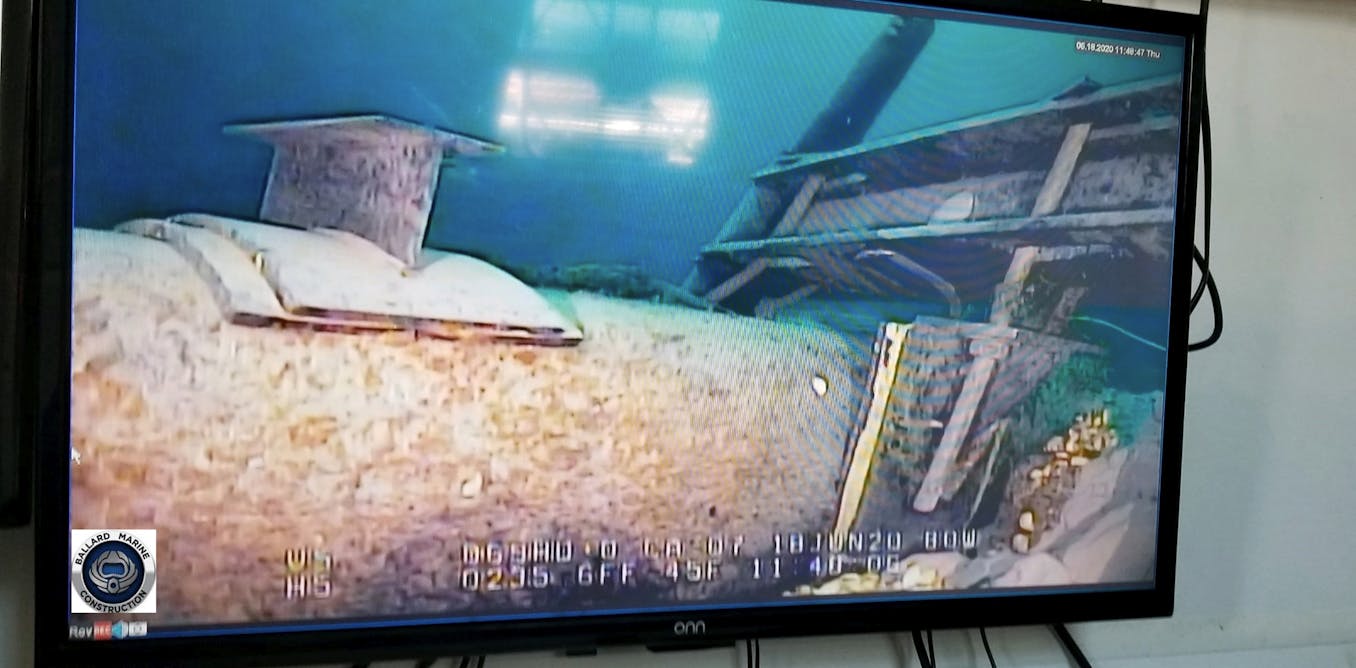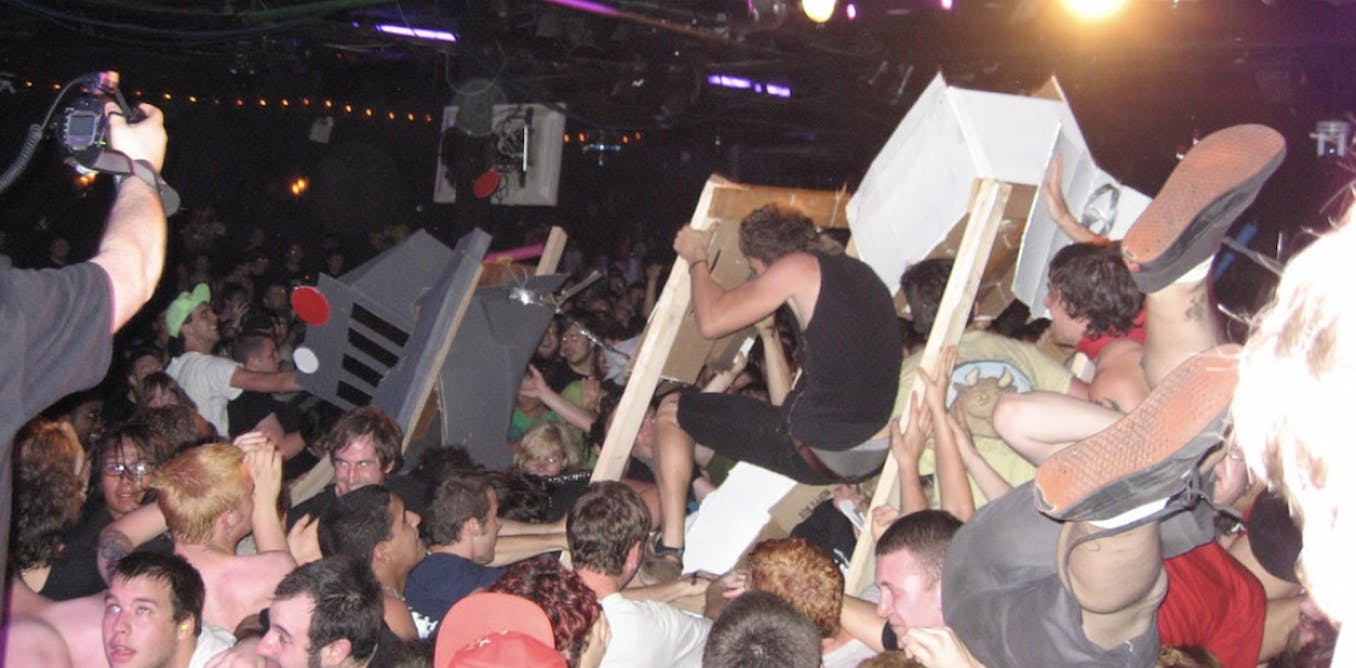The former USSR might not be considered a musical hotbed, but a new compilation of rare music from the Soviet Union lifts the veil on the vibrant, dance-focused scene that existed there in the 1980s.
Synthesizing the Silk Roads: Uzbek Disco, Tajik Folktronica, Uyghur Rock & Crimean Tatar Jazz from 1980s Soviet Central Asia, offers 15 ’80s-era songs from the region, with the project made after deadstock vinyl was discovered at a Soviet-era vinyl plant in Uzbekistan capital of Tashkent.
This rarely heard music — including loads of funk and Moroder-adjacent disco — is out digitally this week and will be available in physical formats on Sept. 24, via Ostinato Records.
The music contained on the compilation came to life as a function of world events. In 1941, Stalin ordered a mass evacuation as the Nazis invaded the USSR, with 16 million people boarding trains to Central Asia. Many of them landed in Tashkent, with this group including the engineers who, four years later, would found the Tashkent Gramplastinok factory.
The 15-track compilation is forged primarily of vinyl discovered at this plant, with groups from all over Soviet Central Asia — Tajikistan, Kazakhstan, the Crimean Peninsula and beyond — traveling to Tashkent to record music.
By the mid-’70s, the Soviet disco scene was in full swing, with Latvian DJ Hardijs Lediņš writing a widely read manifesto urging, the album’s liner notes recount, that “greater professionalism amongst musicians was necessary because ‘like mushrooms after the rain, like the rain after a hot day, that’s how discos are springing up today.’ Lediņš echoed the sentiment of many young people who believed these clubs should play more than music imported from the West, where disco was exploded after being born in the clubs of New York City.
“Recognizing the futility of banning disco clubs outright,” the liner notes explain, “the authorities, ever mindful of ideological control, opened dance spaces exclusively through Komsomols (state youth leagues), requiring partygoers to sit through a one-hour lecture on the Soviet worldview before the music dropped”
The U.S.-born genre became so popular in the USSR that by 1976, the Latvian capital of Riga hosted the first week-long USSR-wide disco festival, with artists flying in from across the region to perform. “Almost 200 disco clubs were soon registered with the local Komsomol in Moscow and 300 in Riga,” the liner notes continue, “and eventually, according to data pieced together during our research, about 20,000 public discos were attended by 30 million people a year across all 15 republics in the union.
With discos raking in money, “Dances were now allowing black market trading to fester. ‘Western clothes and other hard-to-get items—vinyl, jeans, foreign cigarettes—were literally being sold under the table. Discos had become a space for early alternative culture, as well as private commerce.’”
Meanwhile, a so-called “disco mafia” emerged in many Soviet cities including Tashkent, with these entities controlling “a lucrative business model with multiple revenue streams. Propaganda and ideology officials began accepting bribes to turn away from clubs indulging in ‘bourgeois’ extravagance or music viewed as ideologically adversarial.
“But the impact of this music went beyond just entertainment or cultural showcases,” the notes conclude. “From the opening of these clubs in the 1960s onwards, the political ranks drew from what historian Sergei Zhuk called ‘The Deep Purple Generation.’ Disco and rock in the Soviet Union played a not insignificant role in the USSR’s unraveling, steering youth leagues and, in turn, future leadership towards attitudes far removed from Soviet gospel.”
The Soviet Union was dissolved in 1991, with Synthesizing the Silk Roads offering a relic from this perhaps unlikely moment in music history.

The post “New Compilation Presents Rare Disco, Funk, Jazz & More From 1980s Soviet Central Asia” by Katie Bain was published on 08/30/2024 by www.billboard.com







































Leave a Reply